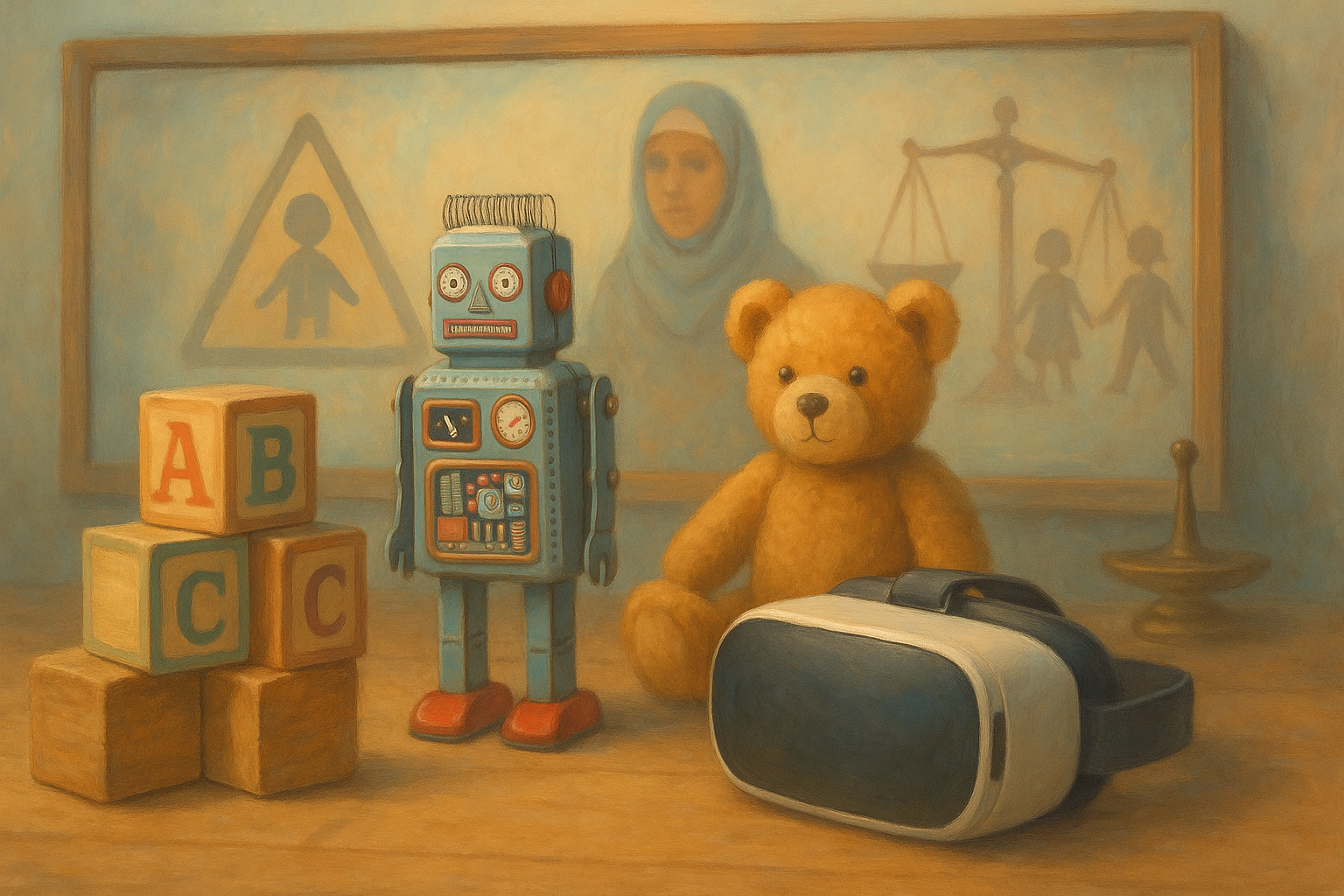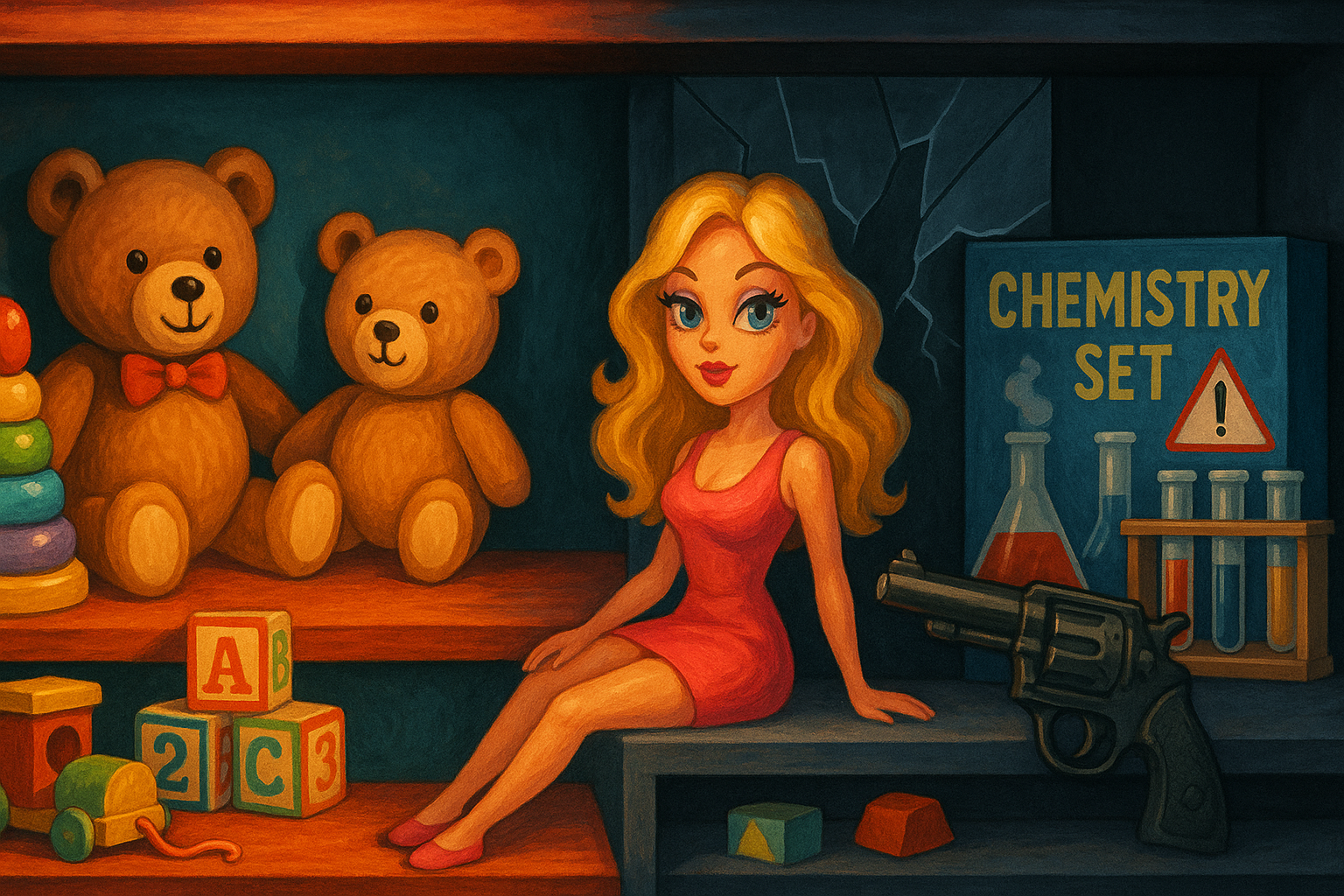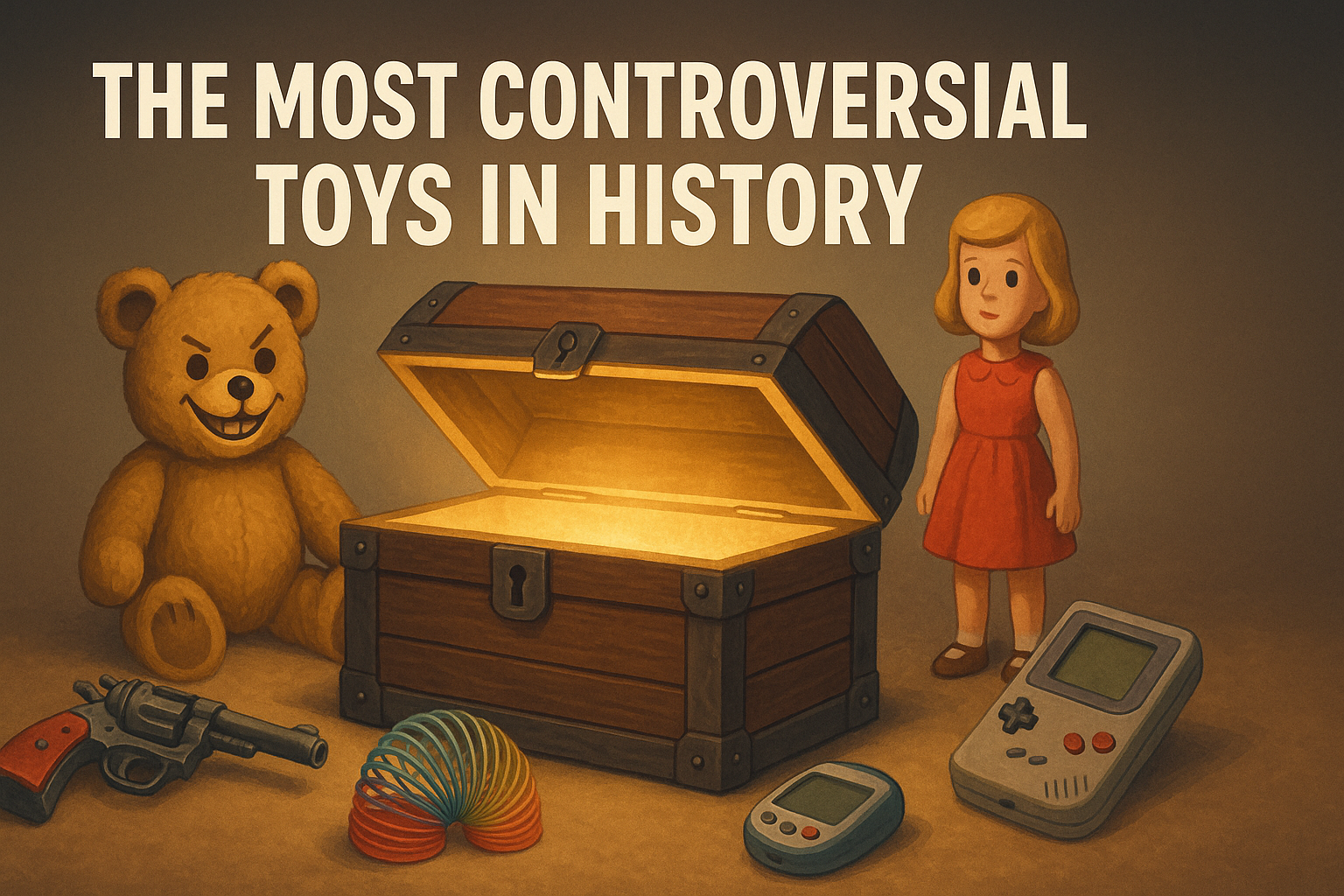The Most Controversial Toys in History: A Journey Through Playtime Debates
Toys have always been more than just playthings. They can spark joy, foster creativity, and sometimes, ignite heated debates. Throughout history, certain toys have stirred controversy, raising questions about safety, appropriateness, and cultural impact. In this blog post, we’ll explore some of the most controversial toys in history, delving into the reasons behind the uproar and their effects on society.
Table of Contents
1. Introduction
2. The Birth of Controversial Toys
3. The 1970s: A Decade of Debate
4. The 1990s: Technological Terrors
5. The 21st Century: New Age Concerns
6. Conclusion
7. FAQs

The Birth of Controversial Toys
The world of toys is no stranger to controversy. As early as the 19th century, toys that were considered inappropriate or dangerous began to emerge. One of the earliest examples was the introduction of toy guns. While they were designed to mimic the weapons of the time, many argued that they glorified violence and desensitized children to real-life dangers. The debate over toy guns continues even today, illustrating how deeply entrenched these issues can become.
Another notable example from the early days is the infamous “Little Lady” stove. This miniature version of a real stove allowed children to cook their tiny meals but came with the risk of burns and fire hazards. The toy raised questions about the safety standards for children’s products, leading to stricter regulations in later years.

The 1970s: A Decade of Debate
The 1970s were rife with toys that sparked significant controversy. One such toy was “Clackers,” a pair of acrylic balls connected by a string that children swung in a circular motion to create a clacking sound. Sounds fun, right? 😊 However, these toys were notorious for shattering and causing injuries, leading to their eventual ban in several countries.
Another toy that stirred the pot during this era was the “Evel Knievel Stunt Cycle.” Modeled after the famous daredevil, this toy encouraged kids to perform death-defying stunts. Critics argued that it promoted reckless behavior, especially as children attempted to mimic Knievel’s dangerous feats.
The 1990s: Technological Terrors
Fast forward to the 1990s, a decade that saw the rise of technology-infused toys. Among these, “Furby” became one of the most talked-about toys, not just for its interactive features but also for privacy concerns. The toy’s ability to “learn” words and phrases led to fears that it could record conversations, resulting in bans from several government facilities.
Similarly, “Tamagotchi,” the handheld digital pet, caused a stir when children became overly attached to their virtual companions, leading to distractions in classrooms and concerns over neglecting real-life responsibilities.
The 21st Century: New Age Concerns
In the 21st century, toy controversies have taken on new dimensions. The “hoverboard” craze of the mid-2010s is a prime example. While these self-balancing scooters offered a novel way to glide around, reports of battery fires and explosions led to widespread recalls and safety warnings.
More recently, toys like “LOL Surprise Dolls” have faced backlash for containing inappropriate surprises hidden within their packaging. Parents expressed concerns over the lack of transparency and the nature of some hidden items, advocating for clearer labeling and age-appropriate guidelines.
Conclusion
Toys, while often seen as mere entertainment, hold a mirror to societal values and concerns. Throughout history, controversial toys have sparked discussions about safety, cultural norms, and the role of play in child development. As we look to the future, it’s crucial to balance innovation with responsibility, ensuring that toys remain a source of joy and learning for generations to come.
FAQs
Q: Why do some toys become controversial?
A: Toys can become controversial due to safety concerns, inappropriate content, or cultural insensitivity. These issues often arise when toys do not meet societal expectations or pose risks to children.
Q: How can parents ensure toys are safe for their children?
A: Parents can ensure toy safety by checking for age-appropriate labels, researching potential hazards, and supervising playtime. It’s also helpful to stay informed about product recalls and safety warnings.
Q: Are controversial toys always banned?
A: Not always. While some toys are banned due to safety concerns, others may undergo redesigns or stricter regulations to address the issues. Ultimately, the decision depends on the severity of the controversy and the response from manufacturers and regulatory bodies.
Exploring the world of controversial toys offers a fascinating glimpse into the complexities of play and its impact on society. From safety concerns to cultural implications, these toys have left a lasting mark on history, prompting ongoing discussions about the role of play in our lives. 🎲🎨
